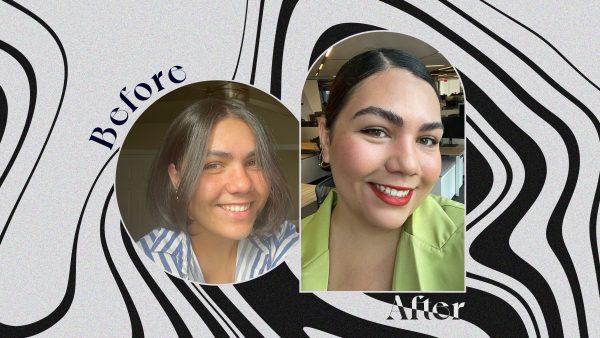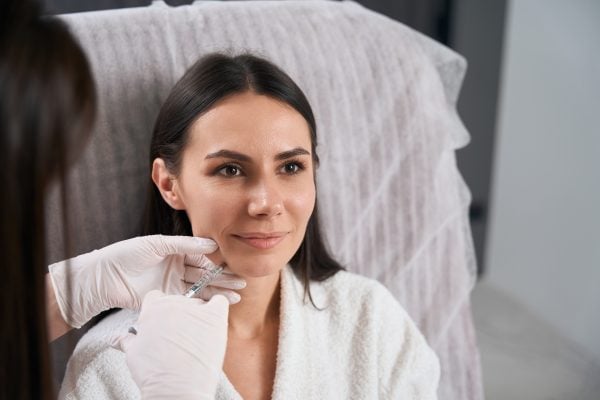Xeomin vs Botox: Which “Clean” Toxin Is Right for You?
When it comes to smoothing wrinkles and softening fine lines, Xeomin and Botox are two of the most trusted names in neurotoxin treatments. But for those curious about “clean” toxin formulas and looking beyond the typical choices, the question often comes down to: Xeomin vs Botox, which one is better? Whether you’re new to these treatments or considering a switch, understanding the nuances between these two options is key to making the best choice for your skin and lifestyle.
Both Xeomin and Botox use botulinum toxin type A, a purified protein that temporarily relaxes muscles to reduce wrinkles. Yet, they differ in formulation, ingredient purity, and even cost — all crucial factors for those who want a “cleaner” approach to their aesthetic treatments. So let’s break down what sets Xeomin apart, how it stacks up against Botox, and what you can expect when deciding between the two.
Comparative Analysis of Xeomin and Botox
At first glance, Xeomin and Botox appear very similar: both are injectable neuromodulators used to treat dynamic wrinkles caused by facial muscle movement. But here’s where the details matter. Botox, the original blockbuster neurotoxin, contains botulinum toxin combined with accessory proteins. Xeomin, on the other hand, is known as a “naked” or “clean” toxin because it contains only the active botulinum toxin without these added proteins.
This difference often leads patients to wonder: “Is Xeomin better than Botox?” The answer isn’t black and white. Some studies and expert opinions suggest that because Xeomin lacks accessory proteins, it may reduce the risk of developing resistance if you get frequent treatments. Others find that Botox’s additional proteins may offer slightly more immediate results or a marginally longer longevity in some cases.
Both treatments are FDA-approved and widely used, with similar safety profiles and efficacy for wrinkle smoothing. The choice really comes down to your personal preference regarding formulation, any previous treatment experiences, and your provider’s recommendation. Overall, Xeomin’s clean formula appeals to those who want the purest possible form of botulinum toxin, free from unnecessary proteins or additives (Source: https://koraaesthetics.com/xeomin-vs-botox/).
If you’re interested in how Botox specifically works for dynamic wrinkle reduction, brow lift, and conditions like hyperhidrosis, see our in-depth guide: the Botox expert solutions for fine lines and wrinkles
Composition and Ingredients
Understanding the makeup of your treatment helps in knowing what to expect, especially when the phrase xeomin ingredients comes into play. Xeomin’s key selling point is its simplicity: it contains only botulinum toxin type A and sodium chloride (salt) as a stabilizer. In contrast, Botox’s formula includes botulinum toxin and accessory proteins that protect the toxin molecule.
These accessory proteins don’t contribute to the treatment’s effect, but they can occasionally cause immune reactions in some patients, potentially decreasing effectiveness over time. Xeomin’s pure formula reduces this risk, making it a favorite among patients searching for a “cleaner” alternative. This protein-free composition also means there’s no need for refrigeration before use, which can appeal to some providers and patients alike (Source: https://skinworksmed.com/blog/xeomin-vs-botox-which-anti-wrinkle-injection-should-you-choose/).
How do these ingredient differences influence your outcomes? In practical terms, they translate to similar wrinkle reduction results, although patients who have developed resistance to Botox due to the accessory proteins might find Xeomin more effective. However, both injectables require skilled administration and realistic expectations to shine.
Curious about how other neuromodulators compare? Explore the differences between Botox and Dysport and see which wrinkle relaxer matches your goals.
Longevity of Results
One of the most common questions patients ask is: How does xeomin longevity compare to Botox? Typically, both treatments last about three to four months, depending on factors like injection site, dosage, metabolism, and individual muscle strength.
Some studies suggest Botox might offer a slight edge in duration, but others note that Xeomin’s results are equally long-lasting, especially when administered by an experienced practitioner. In everyday practice, many patients report consistent results with Xeomin treatments extending around the same time frame as Botox. If longevity is a deal-breaker, your best bet is to discuss your lifestyle and previous experiences with your injector to find the most suitable option.
User testimonials often mention starting with Botox but switching to Xeomin for fewer side effects or a more “natural” feel, while others remain loyal to Botox’s tested track record. Either way, you can expect smooth, youthful results that require ongoing maintenance to keep wrinkles at bay (Source: https://www.kraussdermatology.com/blog/botox-vs-xeomin-whats-the-difference/).
Looking to maximize the effects of all your facial rejuvenation treatments? Learn about combining filler and Botox for powerful anti-aging results in one session.
Cost Analysis
Cost matters just as much as results, so let’s dive into the xeomin cost per unit and how it compares to Botox pricing. On average, Xeomin’s cost per unit tends to be slightly lower or comparable to Botox, but this varies regionally and by provider. Pricing often ranges from $10 to $15 per unit for both products, with some clinics offering package deals or specials.
Keep in mind, lower per-unit cost doesn’t always mean better overall value. Consider that Xeomin’s clean formula might reduce the chance of adverse reactions or resistance over long-term use — which can mean fewer treatments or complications down the road. For those prioritizing purity and fewer unnecessary additives, Xeomin could be more cost-effective in the bigger picture.
Because both Xeomin and Botox deliver comparable wrinkle reduction and longevity, you’ll want to weigh cost alongside your personal preference for formulation quality and treatment comfort. Talk to your injector about current pricing and how many units you might need for your desired areas to get an accurate estimate (Source: https://aaopm.com/blog/botox-vs-xeomin-cost-comparison-guide-2025/).
For more tips on Botox pricing, starting guidance, and safety considerations, check out our dedicated Botox cost guide.
Conclusion and Key Takeaways
Choosing between Xeomin and Botox comes down to a few key factors: ingredients, longevity, cost, and how each treatment fits with your personal goals. Xeomin stands out for its “clean” toxin formula, containing only the purified botulinum toxin without accessory proteins. This can mean lower risks of developing resistance and a simpler ingredient profile — ideal for patients seeking purity.
When it comes to longevity, both Xeomin and Botox provide similar results lasting about three to four months. In terms of cost, Xeomin may be slightly more affordable per unit, but pricing varies, and the best value depends on your individual treatment plan.
Ultimately, neither is strictly “better” — it’s about what matches your skin, lifestyle, and preferences. Considering the comparative data around xeomin vs botox, we recommend discussing both options with your provider. They can tailor a treatment plan that utilizes the strengths of either product to achieve your desired natural, refreshed look.
Ready to enhance your look with expert care? Book your free consultation today and take the first step toward feeling more confident.
For deeper insights, explore our guides on injectables and skin rejuvenation treatments to keep your beauty routine informed and effective.
If you want to discover top anti-aging procedures (including wrinkle relaxers and skin rejuvenating options beyond neurotoxins), read our essential medspa treatments list.
Ready to feel your best? Book your free consultation today and let’s glow together.





